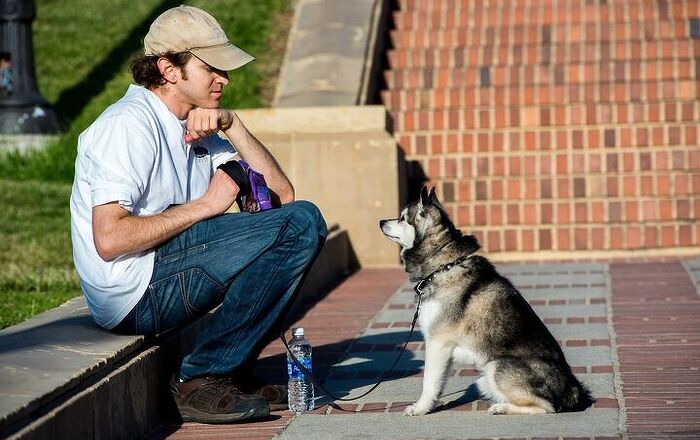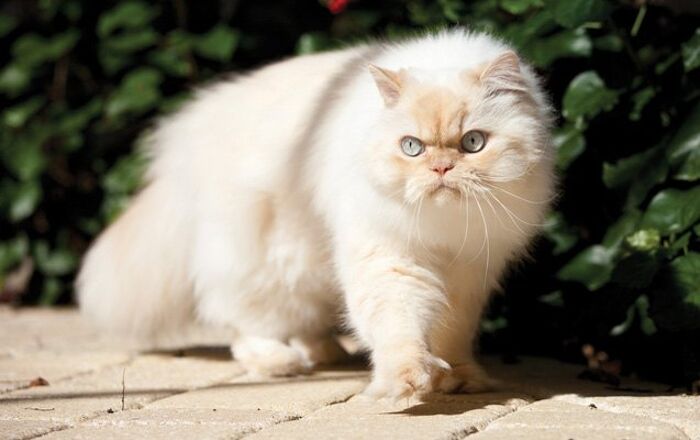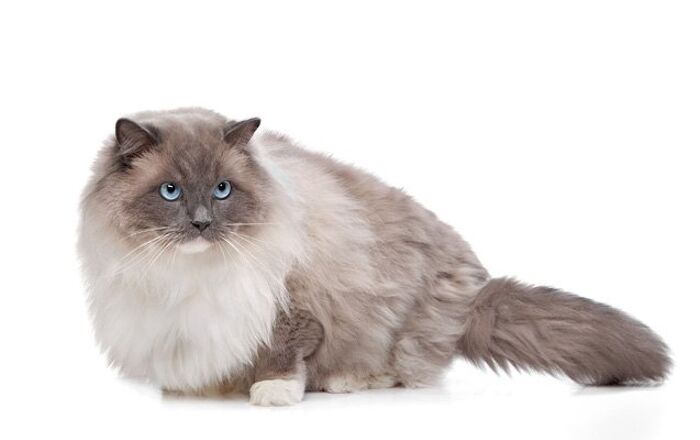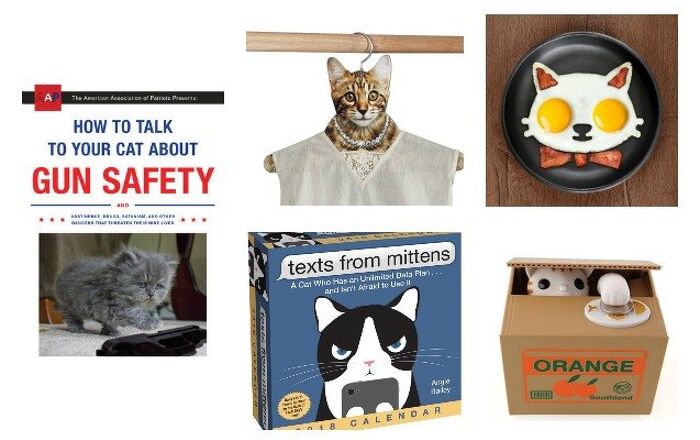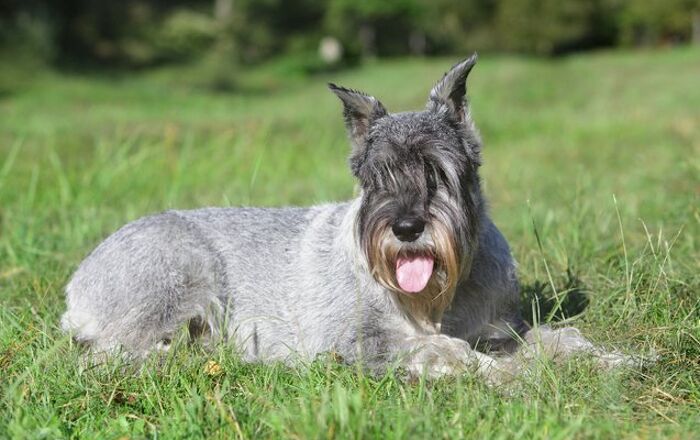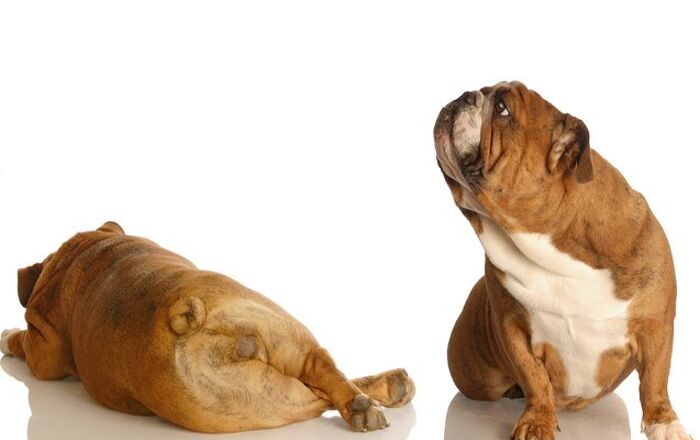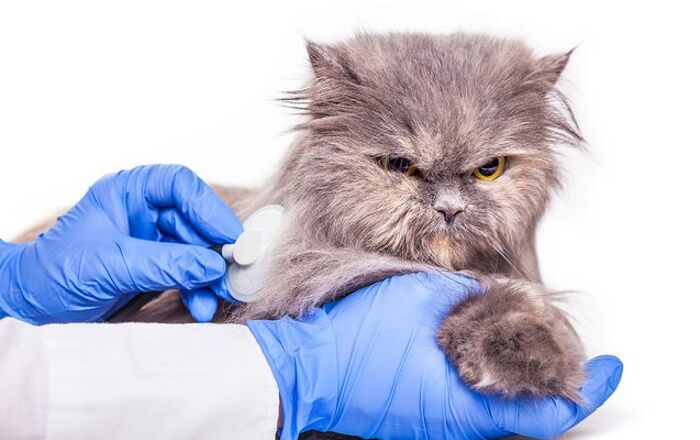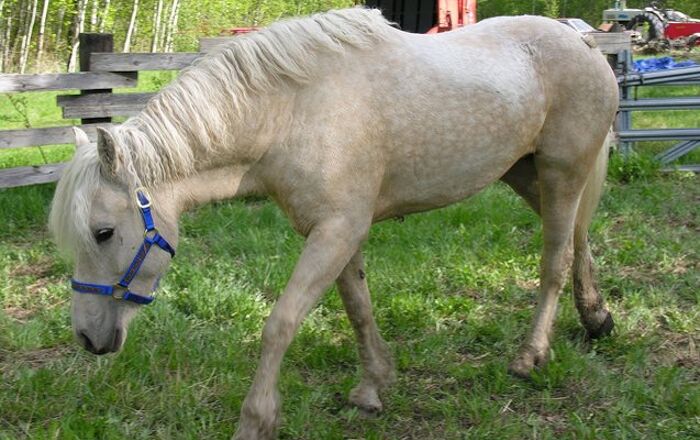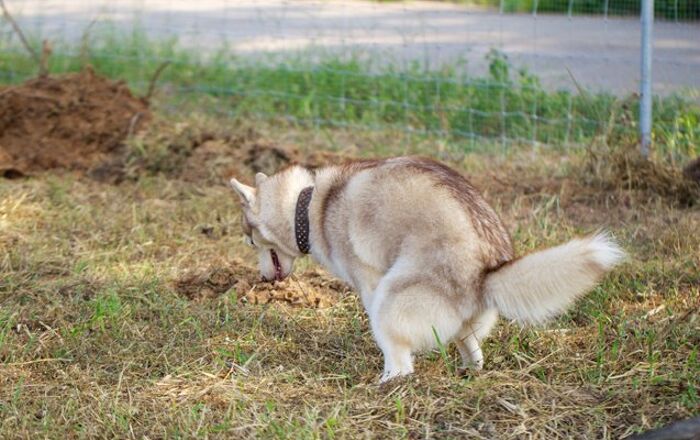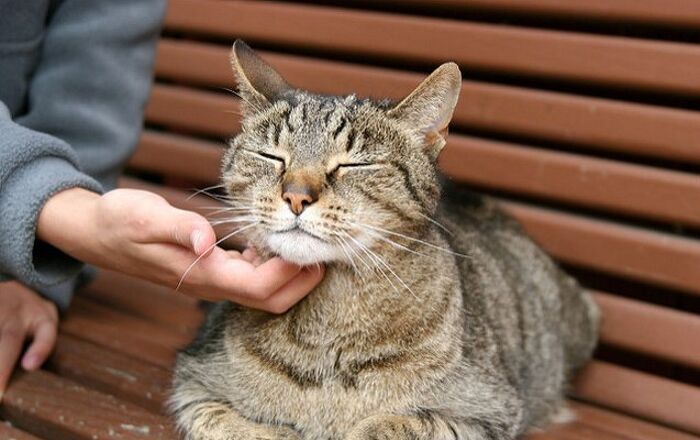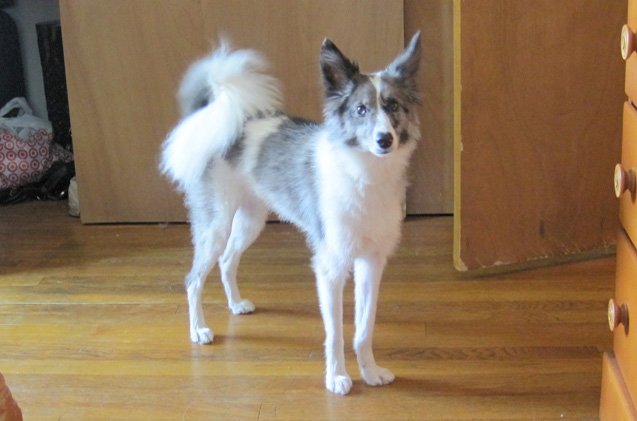
Eskland Basics
The Eskland is a delightful pooch who falls in love with their human family as soon as they meet them. They are eager to please and quite affectionate, making them wonderful pets for couples or growing families. Because of their small size, they make great companion dogs for those living in apartments or houses, so long as they go on regular walks to fulfill their family exercise requirements.
While they may be small, these are high-energy dogs, which doesn’t make the Eskland the best choice for seniors or retirees who may go about their life on the slower lane. These dogs will benefit greatly for fit, active pet parents who go on daily walks or runs around the block, no matter the weather. Their thick fur enables these dogs to have a grand time during the winter when its snowing yet won’t make them particularly susceptible to overheating when the temperatures begin to rise.
The Eskland is a cross between an American Eskimo and Shetland Sheepdog.
Origin
Designer dog breeds have been increasingly popular in the past 20 years as breeders purposely decide to breed two different kinds of dog in order to create a new breed – the Eskland is just one example of hundreds of purposely cross-bred dogs.
Shetland Sheepdogs originally hailed from the Shetland Islands, about 50 miles north of Scotland. They were found throughout Great Britain in the 1800’s and were known as a smaller version of Collies. A Shetland Sheepdog’s main job was to herd smaller livestock in farms.
Small, Spitz-type dogs were first found in German immigrant communities in the US in the 19th century. They were the descendants of the white German Spitz and had come onto American soil due to immigration – it was then known as the American Spitz and became increasingly popular in the late 19th century.
Not unlike the Shetland Sheepdogs, the American Spitz was also known to be multi-purpose working dogs on farms by guarding people and property. In 1917, this breed’s name was changed to the American Eskimo despite having no origin or connection to Eskimo culture. Due to their intelligence and trainability, these dogs later were used as popular trick dogs in traveling circuses before becoming a popular family companion.
Pedigree
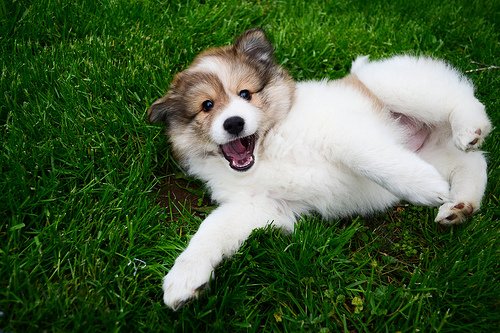
The Eskland is a cross between an American Eskimo and Shetland Sheepdog.
Food/Diet
To keep the Eskland’s teeth healthy and shiny, a high-quality kibble died is recommended, however always consult your local veterinarian to find out what brand and exactly how much food is recommended for your dog.
Thirty minutes or more of daily outdoor walking time should be plenty to keep your Eskland dog content.
Training
Eskland dogs respond well to training so long as pet parents keep an even, calm tone of voice. Should you become irritated that your dog isn’t learning as fast as you’d want them, your dog will notice and will be less inclined to follow commands. Keep your training sessions short but often, be patient and always reward good behavior with a piece of kibble or a small treat.
Weight
The Eskland is a medium-sized dog and can weight anywhere between 15-35 lbs.
Temperament/Behavior
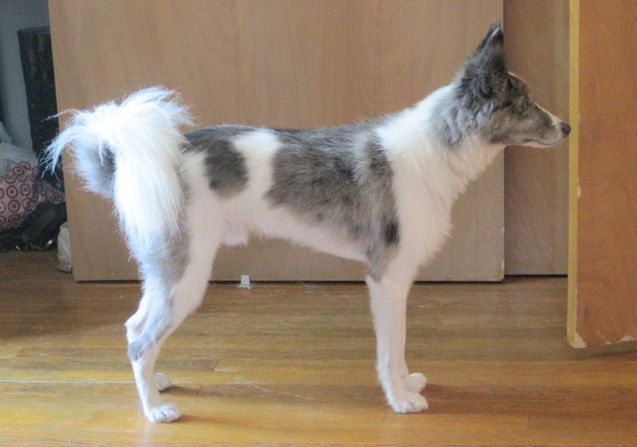
Esklands are naturally happy dogs who love to play with whatever they consider to be a toy – that could mean anything from an actual dog toy, to your sneaker to your hands and feet. They are energetic pooches who always look like they have a smile on their face and their big bright eyes simply beg to be played with. Whether their rolling over for a small baby or pulling on their favorite toy while engaging in a game of tug of war, you’ll always see their tail wagging to and fro.
Shetland Sheepdogs have bad rap for running off into the streets so for safety purposes, always bring your Eskland out on a secure collar and leash. Having said that, these dogs are notorious for ecstatically jumping and rolling around in the snow so make sure you have your camera ready when it’s time for a walk in winter! Their dense, thick fur gives them the perfect protection from freezing temperatures so their winter walking is literally a walk in the park!
Their contagious happy attitude and love of life will make every day a great one, which is why we highly recommend the Eskland for singles, couples or families who have children, no matter their age. Their high energy levels are perfect for people who have an active lifestyle and their small to medium size also makes them happy apartment dwellers.
Common Health Problems
To find out what kind of health problems the Eskland dog is susceptible to, it is important to look at both parent breeds. The American Eskimo is known to have a few genetic health issues including PRA (Progressive Retinal Atrophy), luxating patella, hip dysplasia, diabetes, juvenile cataracts and Legg-Calve-Perthes disease.
Meanwhile, the Shetland Sheepdog also has a few diseases that it may develop in their later years. Like the American Eskimo, this includes PRA, hip dysplasia as well as a few other problems such as Van Willebrand disease, Collie eye anomaly, retinal atrophy and Sheltie skin syndrome.
Life Expectancy
The Eskland dog is expected to live anywhere between 10-15 years.
Exercise Requirements
Because of its small size, the Eskland will be happy to burn all that extra energy either indoors or out, however daily walks are recommended to keep them happy. Socialization is also important to have a well-rounded dog so going out to your local dog park has a dual purpose! Thirty minutes or more of daily outdoor walking time should be plenty to keep Rover content, however should the weather be less than pleasant (or be way too hot and humid for you or your dog to bear), some indoor playing should be sufficient.
Because of its small size, the Eskland will be happy to burn all that extra energy either indoors or out.
Recognized Clubs
The Eskland is a recognized breed by the American Canine Hybrid Club (ACHC), Designer Dogs Kennel Club (DDKC), Dog Registry of America (DRA) and the International Designer Canine Registry (IDCR).
Coat
Both American Eskimos and Shetland Sheepdogs have thick, long fur that needs regular brushing in order to keep it tangle and matt-free. Dogs usually shed their winter coat in the spring (which is why Spring is dubbed “Shedding season”), and the Eskland will be no different. To keep your home as fur-free as possible (especially during spring), brush your Eskland once a day with a thick bristled brush outside so their fur won’t get trapped inside your home until your next cleaning day. Their coat comes in a variety of different colors including black, brown, cream, dark brown, grey, white and a mix of colors such as salt and pepper, black and white and white and brown.
Puppies
Purchasing an Eskland puppy from a reputable breeder may set you back just under a thousand dollars, however adopting one will be significantly less. Like most puppies, Eskland pups need to have an adult supervisor when being handled by a small child but will be fully grown and capable of taking care of itself after six months.
Photo credit: Lovergurl/deviantart; sarahh Johnson/Flickriver


